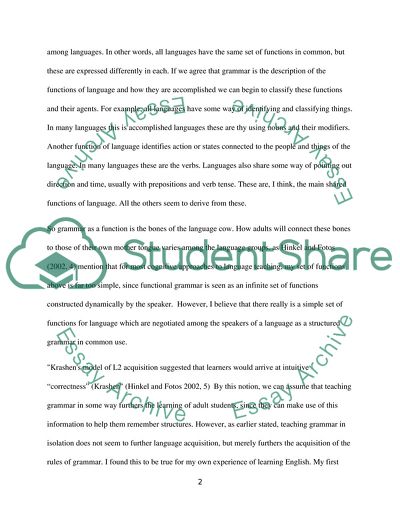Cite this document
(Teaching Language and Grammar in Context Coursework Example | Topics and Well Written Essays - 1500 words, n.d.)
Teaching Language and Grammar in Context Coursework Example | Topics and Well Written Essays - 1500 words. https://studentshare.org/education/1730989-langauge-teaching
Teaching Language and Grammar in Context Coursework Example | Topics and Well Written Essays - 1500 words. https://studentshare.org/education/1730989-langauge-teaching
(Teaching Language and Grammar in Context Coursework Example | Topics and Well Written Essays - 1500 Words)
Teaching Language and Grammar in Context Coursework Example | Topics and Well Written Essays - 1500 Words. https://studentshare.org/education/1730989-langauge-teaching.
Teaching Language and Grammar in Context Coursework Example | Topics and Well Written Essays - 1500 Words. https://studentshare.org/education/1730989-langauge-teaching.
“Teaching Language and Grammar in Context Coursework Example | Topics and Well Written Essays - 1500 Words”. https://studentshare.org/education/1730989-langauge-teaching.


